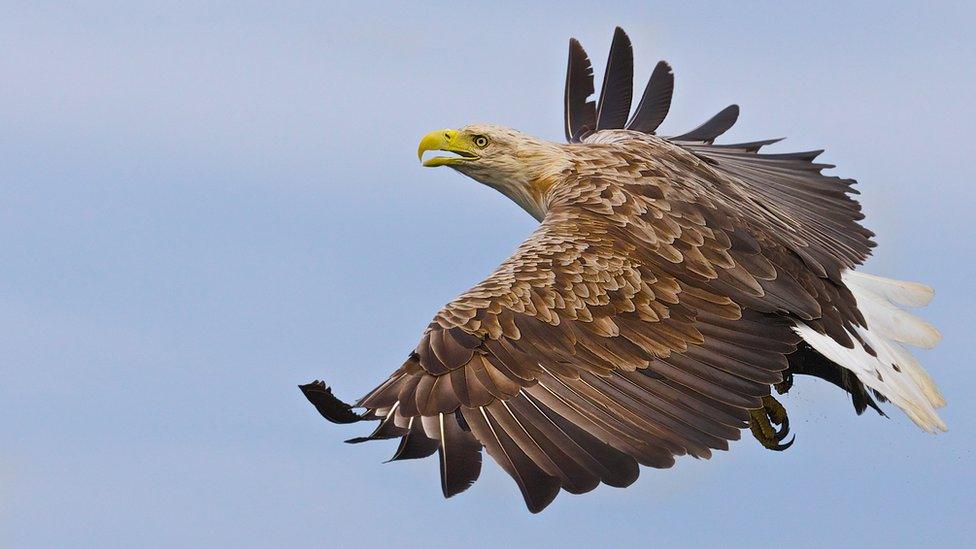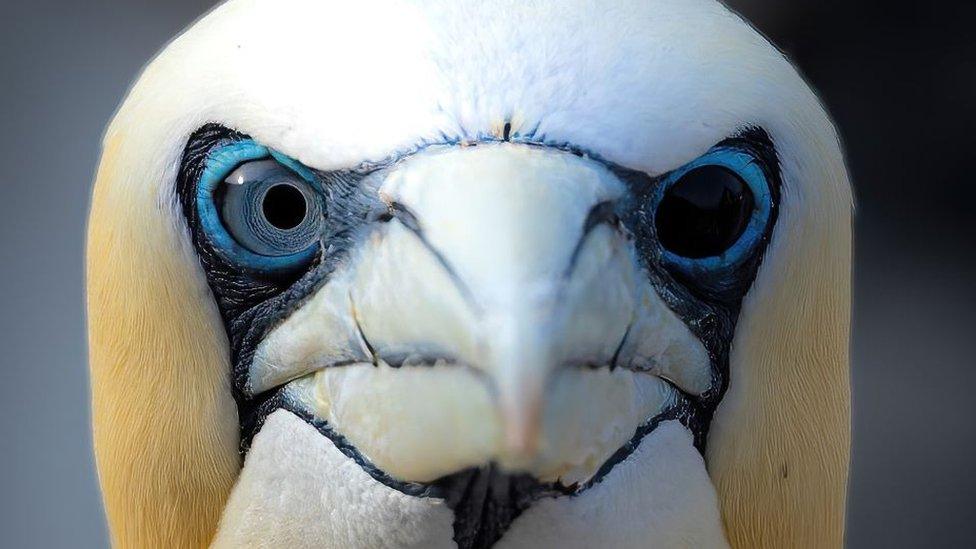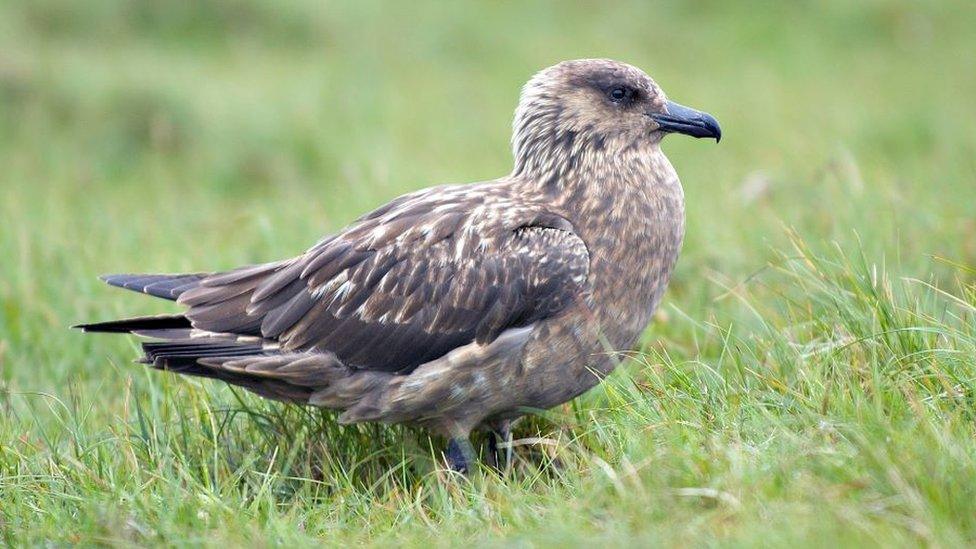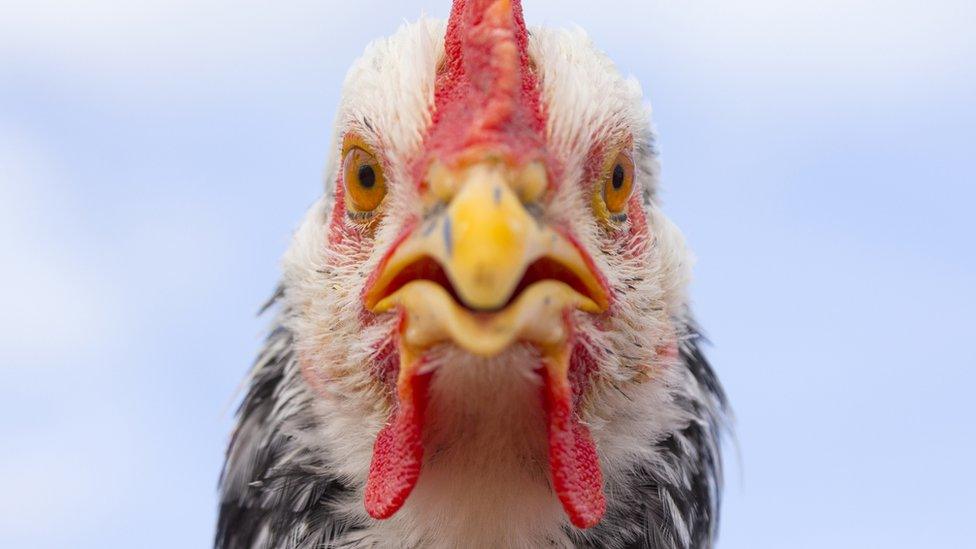Flu hits breeding rate of UK's largest bird of prey
- Published

White-tail sea eagles are suspected to have preyed on infected birds
Conservationists fear avian flu has damaged the breeding success of white-tailed sea eagles - the UK's largest bird of prey.
NatureScot said new analysis suggested the proportion of eagles rearing young in Scotland had dropped from 67% in 2021 to 45% last year.
The public agency said it was suspected the raptors had caught or scavenged on birds infected with the virus.
It said the golden eagle, another large bird of prey, was also suffering.
The proportion of golden eagle pairs rearing young was found to have declined from 48% in 2021 to 28%.
The largest declines recorded for both eagle species were in Lewis and Harris in the Western Isles.
Analysis suggested the breeding success of golden eagles fell from 55% to 16%, and for white-tailed eagles it dropped from 66% to 24%.
The study by the British Trust for Ornithology (BTO) used data from the Scottish Raptor Monitoring Scheme.
Avian flu has decimated seabird populations around Scotland's coast, including gannets on Bass Rock and skuas in Shetland.
The first cases of the flu in birds of prey were detected in November 2021, and by April 2022 there were positive tests results for a range of species.
John Allan, NatureScot ornithology advisor, said: "Scotland still has strong eagle populations but these findings are very concerning.
"So far we have had fewer positive test results among birds of prey this year than last year, but it is early in the season and we can't be complacent.
"We intend to repeat this analysis in 2023 to see if breeding success begins to improve."
Mark Wilson, acting head of science for BTO Scotland, said laboratory tests for the virus in dead birds of prey had shown that avian flu could kill both adult and nestling raptors.
Related topics
- Published21 June 2023

- Published16 June 2023

- Published18 June 2024
